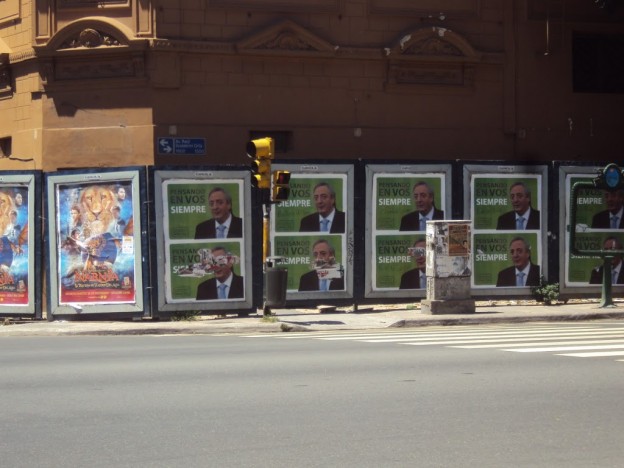I enjoyed this brief, visual survey of global brand logos. It’s fun to see both what has changed radically and what has merely evolved, sometimes subtly, over the decades. The biggest changes in logo design in these examples are driven by shifts in the business or in its context. In that sense branding cuts both ways: brand designs do lead and they do follow trends.
Corporate brands are much more than the corporate name, even as wordmarks remain crucial for many brands and are likely more important the more local a business is. In any case, you will see several logos in that list that have become powerful enough to omit their company names entirely. Few do so because the image is the name, as is the case for Apple or Shell. With others you might wonder about the thinking or the research that led that decision.









